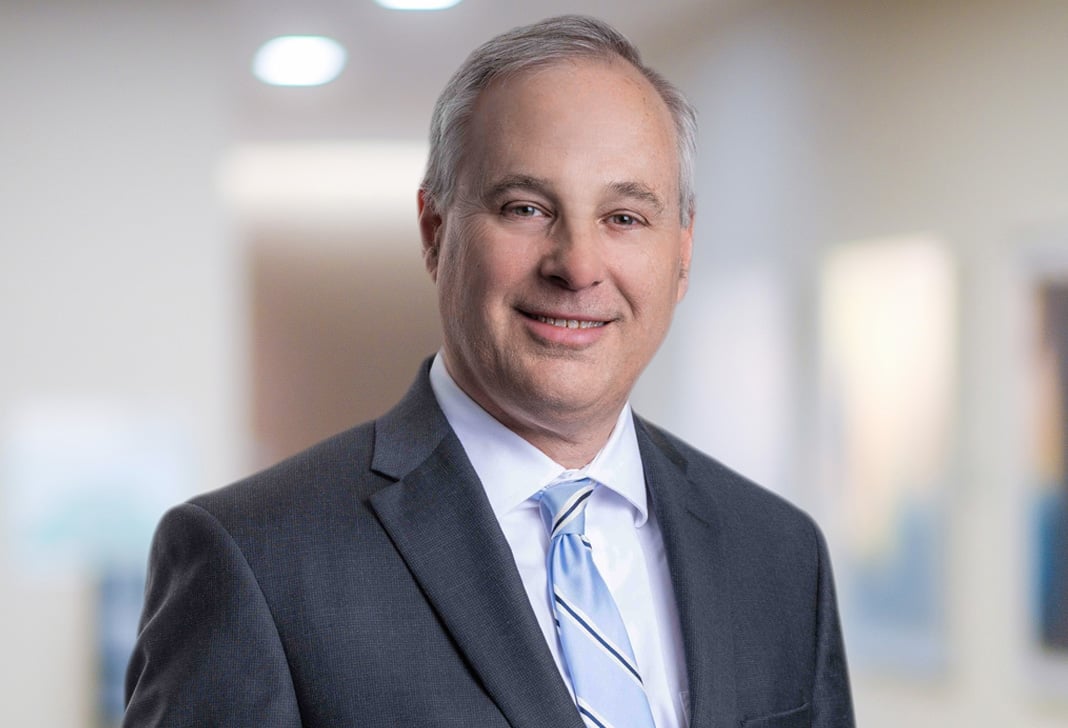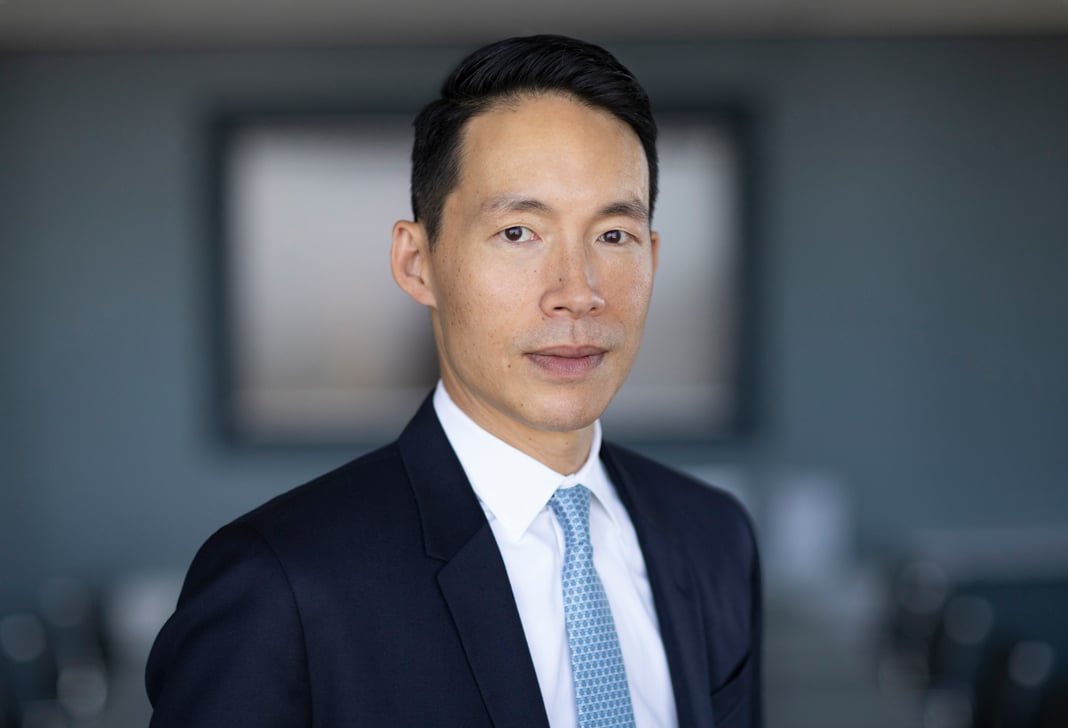
Supreme Court Decision in Halliburton II Affords Welcome Tool to Defendants
On June 23, the United States Supreme Court issued its highly anticipated decision in Halliburton Co. v. Erica P. John Fund, Inc., No. 13-317 ("Halliburton II"), ruling that defendants may defeat class certification in securities fraud cases if they show that alleged misrepresentations did not have an impact on the price of a stock.
Although the business community had hoped the Court would overrule Basic Inc. v. Levinson, 485 U.S. 224 (1988), and the presumption of reliance it created, the Court did not go so far. The majority, over the objection of three concurring justices, found the presumption of reliance too strong a federal securities law precedent for such a drastic step. Nor did the Court put the burden on plaintiffs to prove price impact to gain class certification, as many had hoped. All of that said, however, the Court’s decision may lead to more frequent denials of class certification since the Court expressly held that defendants must be given an opportunity to rebut the presumption of reliance, by showing a lack of price impact, before a class can be certified.
While not a sea change in the law, Halliburton II should make it more difficult for plaintiffs to obtain class certification and the settlement leverage that comes with it. The decision adds a valuable tool for the defense of securities fraud class action cases.[1]
Prelude
The petitioners asked the Supreme Court to overrule Basic, which established the fraud-on-the-market theory as a substitute for individual reliance in securities class actions.[2] When the Court accepted the case, some observers predicted that the Court would take the opportunity to eviscerate 25 years of securities law jurisprudence and make securities class actions a virtual impossibility. The Court’s own negative comments in prior decisions about the premise of Basic reinforced the notion that Basic might soon be gone, and with it much securities litigation as we know it.[3]
Nevertheless, at oral argument on March 5, the Court appeared reluctant to discard the presumption of reliance. Much of the argument was devoted to an alternative—characterized as the "midway position"—that would not require the Court to overrule Basic.[4] The midway position sought to shift the focus from a market’s overall efficiency to the question of whether a particular misrepresentation caused a market distortion, which question would be answered using event studies at the class certification stage.[5]
During argument, Justice Kennedy previewed that, even under the existing Basic framework, "at the merits stage[,] there has to be something that looks very much like an event study."[6] The question then is: "why not have it at the class certification stage[?]"[7] The Supreme Court answered that question in Halliburton II, placing the role of expert testimony on price impact at the forefront of class certification proceedings.
The Opinion
Though initial assessment of the Supreme Court’s opinion may suggest that the plaintiffs’ bar essentially won this round, the fact is that Halliburton II did their cause some damage. While the Court declined both to overturn Basic and "to effectively jettison half of it by revising the prerequisites for invoking it" (Op. at 18), it expressly held that defendants have the right to challenge the presumption of reliance much earlier in the litigation than many courts previously had allowed.
Indeed, the Court recognized defendants’ ability to "rebut the presumption of reliance with evidence of a lack of price impact, not only at the merits stage … but also before class certification." (Id. at 16.) The Court noted:
While Basic allows plaintiffs to establish [reliance] indirectly, it does not require courts to ignore a defendant’s direct, more salient evidence showing that the alleged misrepresentation did not actually affect the stock’s market price and, consequently, that the Basic presumption does not apply.
(Id. at 21.) As a result, "defendants must be afforded an opportunity before class certification to defeat the presumption through evidence that an alleged misrepresentation did not actually affect the market price of the stock." (Id. at 23.)
What Halliburton II Might Mean for Securities Litigation
Securities litigation will not vanish in the post-Halliburton II world, but it remains to be seen what impact Halliburton II ultimately will have.
At a minimum, we expect that defendants will increasingly be motivated to devote significant efforts—and resources—to opposing class certification, now that the Court has explicitly approved the use of event studies.[8] After Halliburton II, we expect that plaintiffs still may be able to obtain class certification in some percentage of securities cases. But a not-insignificant number of securities cases involve "noisy" disclosure patterns or non-firm-specific factors that affected the stock price, and, in those situations, plaintiffs should have more difficulty obtaining class certification under the new Halliburton II framework.
Possibilities for "Non-Class" Actions
For those cases where defendants successfully defeat certification through the use of event studies or where plaintiffs perceive a risk to their ability to rely on a presumption of reliance, the plaintiffs’ bar may pursue different litigation strategies. In cases where class certification is problematic because defendants will be able to show an absence of price impact, plaintiffs may turn to devices other than the prototypical § 10(b)/Rule 10b-5 class action to pursue a recovery. And they may not necessarily follow the model of traditional opt-out cases, where a single large investor or group of significant investors takes on a defendant.[9]
Instead, those cases may take on characteristics of mass-tort litigation, where claims are litigated on an aggregated or "mass" basis even if class certification is not available. In cases where class certification has been (or is likely to be) denied, plaintiffs’ lawyers, relying on their "inventories" of plaintiffs, may file non-class-action lawsuits on behalf of individual plaintiffs or groups of plaintiffs, and seek to litigate those claims on a coordinated or consolidated basis, without class certification, as is regularly done in the product liability and toxic tort contexts.[10] Such actions are litigated and resolved on an aggregated basis in circumstances where class certification is not appropriate.[11] Securities litigation plaintiffs may set out on this "road less traveled" after considering its impact not only on issues of case management but also on discovery (e.g., implications of the PSLRA stay), pleadings (e.g., use of a master complaint and broad applicability of dispositive motion rulings), and settlement (e.g., considerations of court approval; certainty associated with damages calculations).
Conclusion
In the short term, the likely impact of Halliburton II will be seen most clearly in defendants’ increased willingness and ability to fight class certification in securities fraud actions, despite the increased expense associated with that fight. Over the long term, however, and as to cases where defendants can mount a serious challenge on price impact, plaintiffs may seek alternate, non-class means of advancing their claims. Potential defendants, therefore, should remain poised to challenge plaintiffs who bring specious claims, whether on a class, mass, or individual basis, with all the available tools, including the newest one offered by Halliburton II.
[1] This decision comes in the wake of Erica P. John Fund, Inc. v. Halliburton Co., 131 S. Ct. 2179 (2011) (the Supreme Court’s earlier decision in the same Halliburton lawsuit), and Amgen Inc. v. Connecticut Retirement Plans & Trust Funds, 133 S. Ct. 1184 (2013), which limited the tools available to defendants in defeating the certification of a class of investors. We discussed those decisions in April 2013, and predicted the Court’s reexamination of the fraud-on-the-market presumption. See Jones Day Commentary, "Securities Litigation Defense Implications from the Supreme Court’s Amgen Opinion" (Apr. 2013).
[2] The premise and the effect of the fraud-on-the-market theory are well known. In Basic, the Supreme Court held that investors in securities fraud actions may be presumed to have relied on alleged misrepresentations about a company whose stock trades in an efficient market. That classwide presumption of reliance enabled certification of classes of investors, without any showing that each class member actually relied on the allegedly misleading disclosure. If Halliburton II had done away with Basic’s fraud-on-the-market theory, issues concerning reliance of individual shareholders on allegedly misleading disclosures would predominate over common issues, marking the end of securities fraud class actions.
[3] In a concurring opinion to Amgen, Justice Alito warned that the theory "may rest on a faulty economic premise." 133 S. Ct. at 1204. In their dissent, Justices Thomas, Kennedy, and Scalia called it "questionable." Id. at 1208 n.4. Justice Scalia also said the theory was "invented by the Court" in Basic. Id. at 1204.
[4] This position was articulated by amici "Law Professors" including Adam C. Pritchard, the Frances and George Skestos Professor of Law at the University of Michigan Law School, and M. Todd Henderson, Professor of Law at the University of Chicago Law School. The Law Professors’ "scholarship and teaching focuses on corporate law and federal securities law" with "an interest in ensuring that the securities laws are interpreted to accurately reflect both current financial economic scholarship and the law’s historical underpinnings." (Br. of Law Profs. as Amici Curiae in Supp. of Pet’rs at 1.)
[5] An event study is a regression analysis that analyzes the impact of an event, such as a disclosure of negative information, on the price of a stock. Economists frequently use event studies in securities litigation to evaluate market efficiency for purposes of class certification, but they can also be used to determine whether an alleged misstatement was incorporated into the stock price. (Br. of Law Profs. as Amici Curiae in Supp. of Pet’rs at 25-28.)
[6] Oral Arg. Tr. at 18:9-11.
[7] Oral Arg. Tr. at 18:15-16.
[8] Without a meaningful way to rebut the fraud-on-the-market presumption at the class certification stage, 73 percent of securities class actions between 2000 and 2013 were either settled or dismissed before certification; decisions on class certification were reached in only 15 percent of all securities actions filed during the same period. See Dr. Renzo Comolli & Svetlana Starykh, Recent Trends in Securities Class Action Litigation: 2013 Full Year Review, NERA Economic Consulting, at 19 (Jan. 21, 2014), available at http://www.nera.com/nera-files/PUB_2013_Year_End_Trends_1.2014.pdf. With new weapons in defendants’ arsenal at the class certification stage, these numbers may change.
[9] E.g., Mont. Bd. of Invs. v. Pfizer Inc., No. 12-CV-08379 (S.D.N.Y. filed Nov. 15, 2012) (large investors, including the California Public Employees’ Retirement System, the California State Teachers’ Retirement System, and investment managers on behalf of their funds, opted out of pending securities class action); Schwab S&P 500 Index Fund v. Bank of Am. Corp., No. 1:11-CV-07779 (S.D.N.Y. filed Nov. 1, 2011) (funds managed by Schwab opted out of $2.4 billion class-action settlement with Bank of America to pursue individual claims relating to BofA’s acquisition of Merrill Lynch); Cal. State Teachers Ret. Sys. v. Qwest Commc’ns Int’l, Inc., No. 415546 (Cal. Super. Ct. filed Dec. 10, 2002) (opt-out lawsuit eventually settled for $46.5 million in 2007).
[10] For example, more than 300 cases relating to Yamaha’s "Rhino" side-by-side vehicle were consolidated for pretrial purposes in the Western District of Kentucky. See In re Yamaha Motor Corp. Rhino ATV Prods. Liab. Litig., MDL No. 2016 (W.D. Ky.). Likewise, hundreds of those cases were consolidated for pretrial purposes in Georgia and California state courts. The so-called Engle progeny tobacco cases illustrate the potential numerosity of non-class actions. Since the class was decertified in 2006, thousands of individual lawsuits have been filed in federal and state courts in Florida. More than 100 have gone to trial, and thousands of cases still are pending.
[11] This happens through the use of consolidation under Rule 42 of the Federal Rules of Civil Procedure, as well as the multidistrict litigation device under 28 U.S.C. § 1407, such that claims brought by many plaintiffs are combined for pretrial purposes before a single judge, with coordinated or consolidated proceedings on discovery and pretrial motions (including motions to dismiss and motions for summary judgment).






